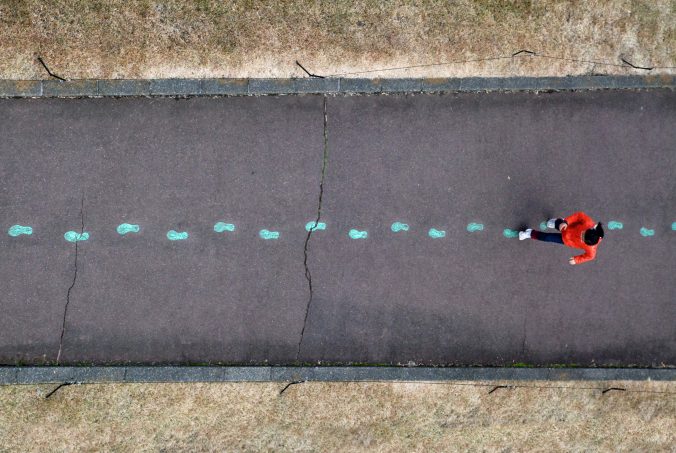This week we discussed about the following questions.
- What is media literacy?
- Why is it important?
- Why is it dismissed?
- Why should you aim for varied views but the factual consensus in your PLN?
- Why media literacy and factual information can create conflict?
- What is the benefit of having a PLN that values media literacy?
Media literacy refers to the ability to understand and use media information, such as using AI to create content, flexibly using social media for communication, and searching for the knowledge one needs on media platforms. Media literacy is important because it can increase the ways to access knowledge, enhance people’s ability to distinguish media content, and thus identify and resist false and harmful information. Nowadays, we need to face a massive amount of media information every day. If we lack media literacy, we may be misled and even become victims and disseminators of online rumors, fraud, and violence.
Generally speaking, the reason why media literacy is dismissed is that some people lack awareness of the impact of media and are not familiar with media technology and rules, so they may not be aware of the necessity of improving media literacy.
One aspect of improving media literacy is to enable people to more accurately judge factual information. But Media literacy and factual information can create conflicts. This is because people may abuse media literacy and use their technical abilities to misinterpret factual information. For example, some media producers, in order to cater to the preferences of the audience, will use AI technologies such as image processing, sound transformation, etc. to forge information and create false friends to deceive people. These technologies make it difficult for people to distinguish between authenticity and pose a threat to their personal and property safety.
Our PLN (Personal Learning Network) should aim for varied views, instead of the factual consensus, for the following reasons:
- Varied views can broaden our horizons and allow us to understand different cultures and ways of thinking, while factual consensus may lead to rigid thinking, allowing us to accept only one or a few viewpoints.
- Varied views can stimulate our critical thinking and creativity, while factual consensus may lead to our thinking inertia, making us unwilling to question or challenge existing viewpoints.
- Vried views can enhance our communication and collaboration, allowing us to establish trust and respect with different people, while factual consensus may lead to conflicts in our thinking, making it difficult for us to communicate or cooperate with different people.
The benefit of having a PLN that values media literacy is that media literacy enables us to think critically, interpret and criticize media information correctly, understand the strengths and limitations of the media, consciously resist negative information, and possess the ability to create independent media, improve ourselves, and progress together with the society.


Recent Comments